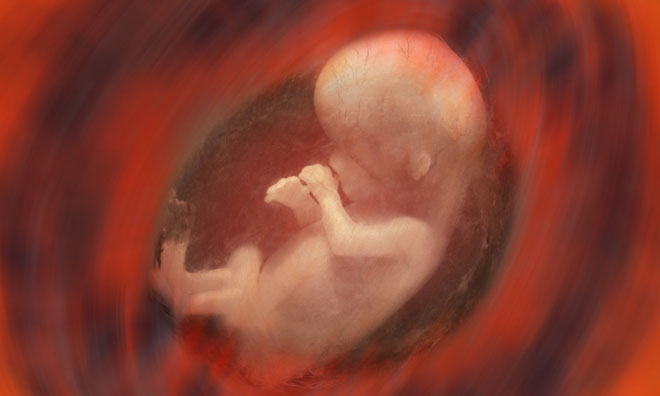Cadmium and foetal development
Posted: 3 August 2023 | Drug Target Review | No comments yet
Researchers at Rutgers School of Public Health have made significant strides in comprehending the effects of cadmium, a toxic metal, on foetal development during pregnancy.


The study published in the journal Toxics provides crucial insights into how cadmium inflicts damage by disrupting placental hormones responsible for regulating pregnancy physiology.
Unlike some other toxins, cadmium has a limited direct impact on the foetus, as it concentrates mainly in the placental tissue at levels up to six times higher than those found in the umbilical cord serum.
Zorimar Rivera-Núñez, the lead author of the study and an assistant professor in the Department of Biostatistics and Epidemiology, explains, “We are already aware of the detrimental impacts of cadmium on foetal health, such as low birthweight. However, what remains unclear is how the placenta manages exposure to cadmium and other toxins. This research aimed to address that question.”
The study focused on investigating cadmium’s potential to disrupt endocrine functions during pregnancy, an aspect that has received little attention in previous epidemiological studies. To bridge this knowledge gap, the researchers analysed urine samples from 294 pregnant women who participated in the Understanding Pregnancy Signals and Infant Development (UPSIDE) study in Rochester, N.Y. The samples were collected during each trimester, and the participants also provided information on demographics, lifestyle, health history, and other factors.
By analysing the urine samples for cadmium and sex steroid levels, including testosterone (which plays a crucial role in foetal brain development), the researchers discovered that as cadmium levels increased, free testosterone (testosterone not bound to a protein) decreased. Interestingly, total testosterone levels (both free and bound) remained stable. This observation suggests that cadmium may influence foetal exposure to sex steroids, potentially leading to adverse effects on foetal growth.
“We suspect that cadmium interferes with the binding process of testosterone during pregnancy,” said Rivera-Núñez. “If cadmium disrupts the function of these binding proteins, it could explain the lower levels of free, unbound testosterone we observed.”
One of the key objectives of this research is to raise awareness among pregnant women about the risks of cadmium exposure. However, this can be challenging, as human exposure to cadmium occurs through various sources, including tobacco products and contaminated food. Industrial emissions, mining activities, and coal burning contribute to the accumulation of cadmium in the environment. Rivera-Núñez emphasised that tackling these sources demands cooperation from regulators and a collective effort to minimise toxin levels in the environment.
Understanding the mechanisms by which cadmium impacts foetal growth in the womb could also shed light on similar chemicals’ effects on the placenta, paving the way to reduce exposure risks across the board. Rivera-Núñez and her team hope their findings will contribute to the development of strategies to protect the health of both mothers and their unborn children.
Related organisations
Rutgers School of Public Health
Related people
Rivera-Núñez



